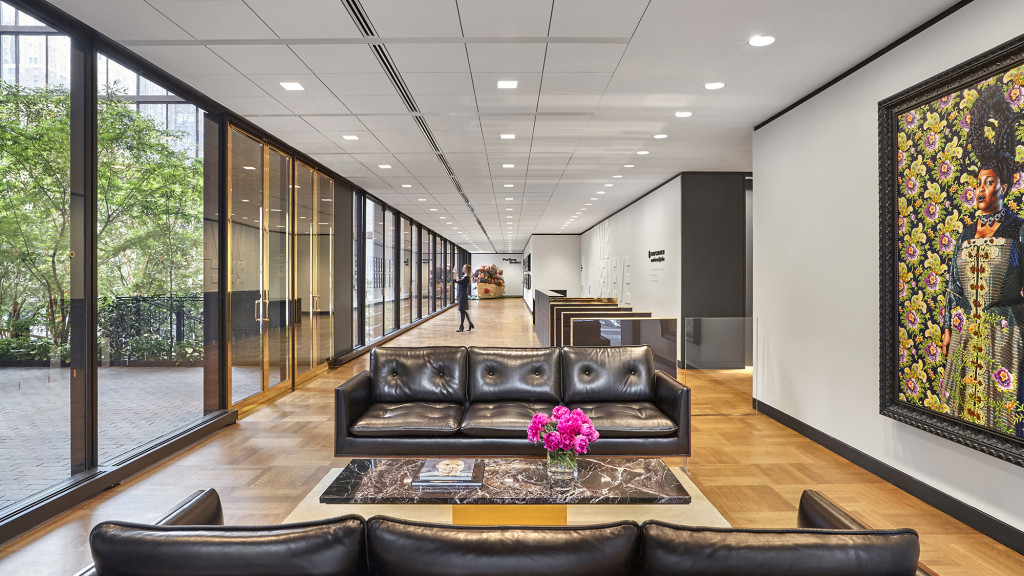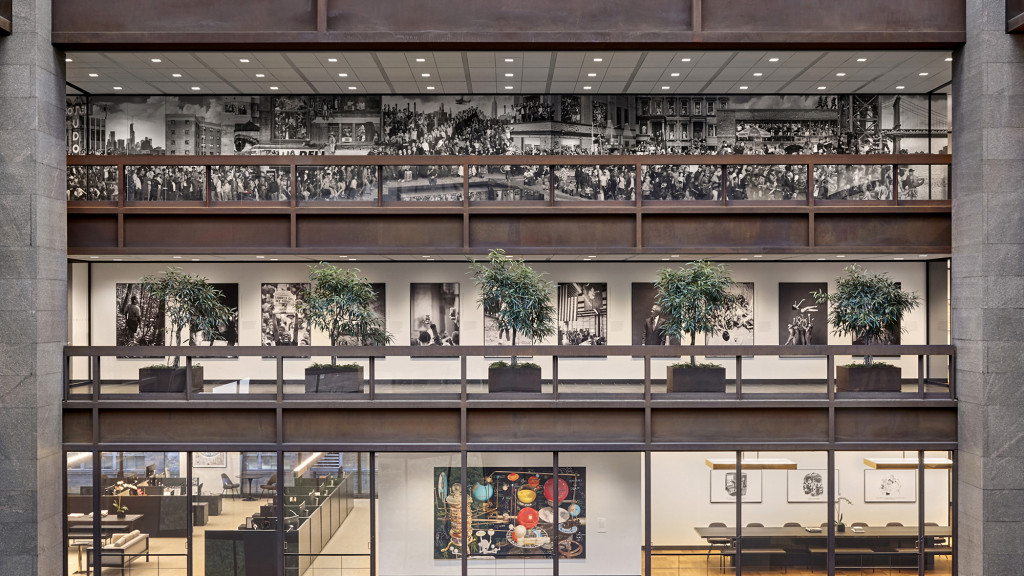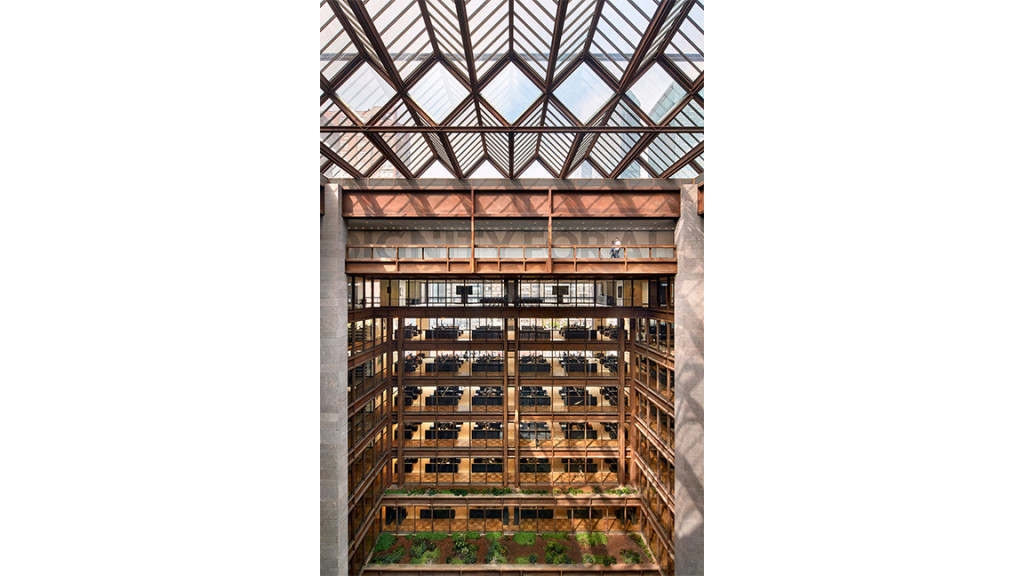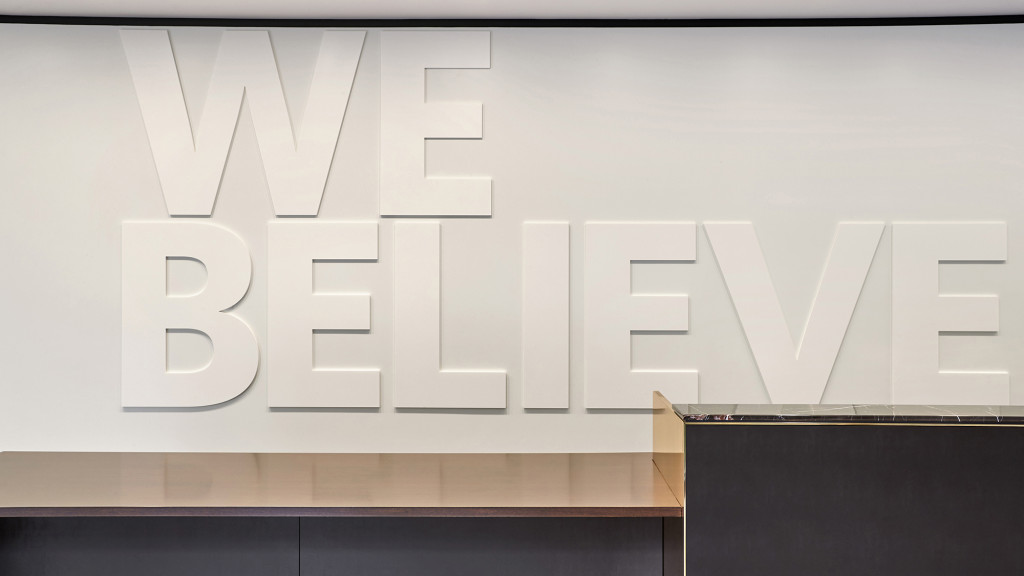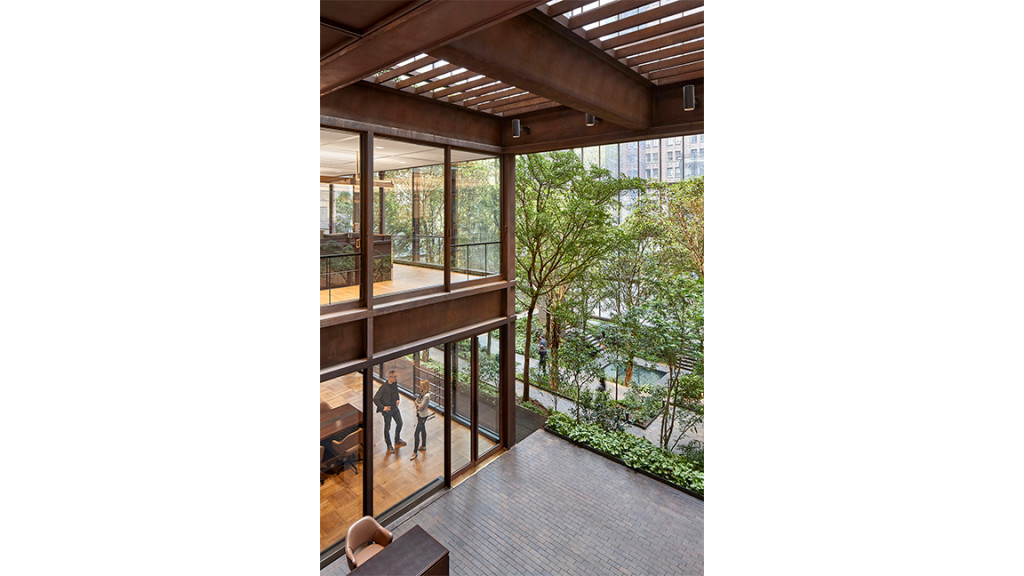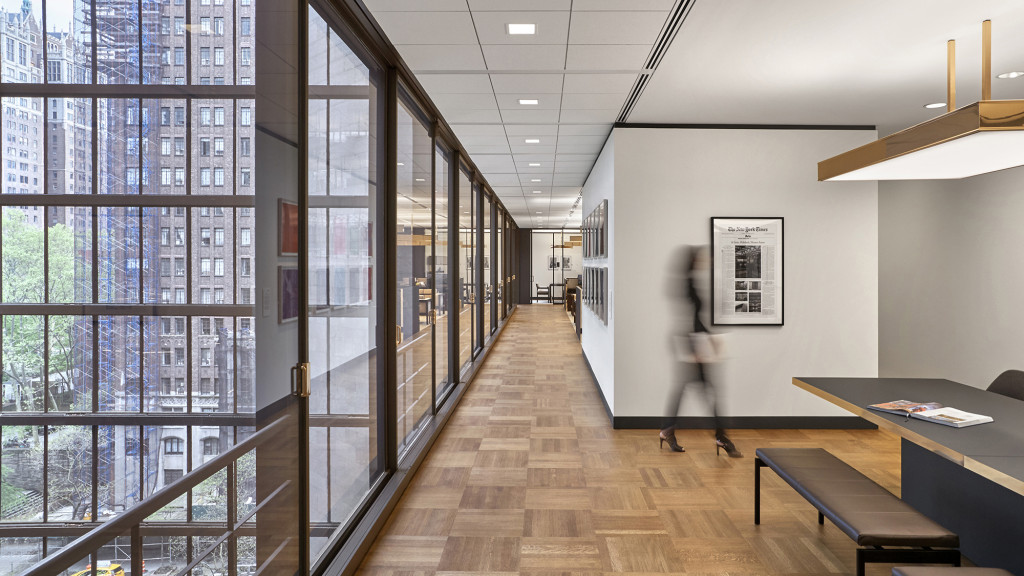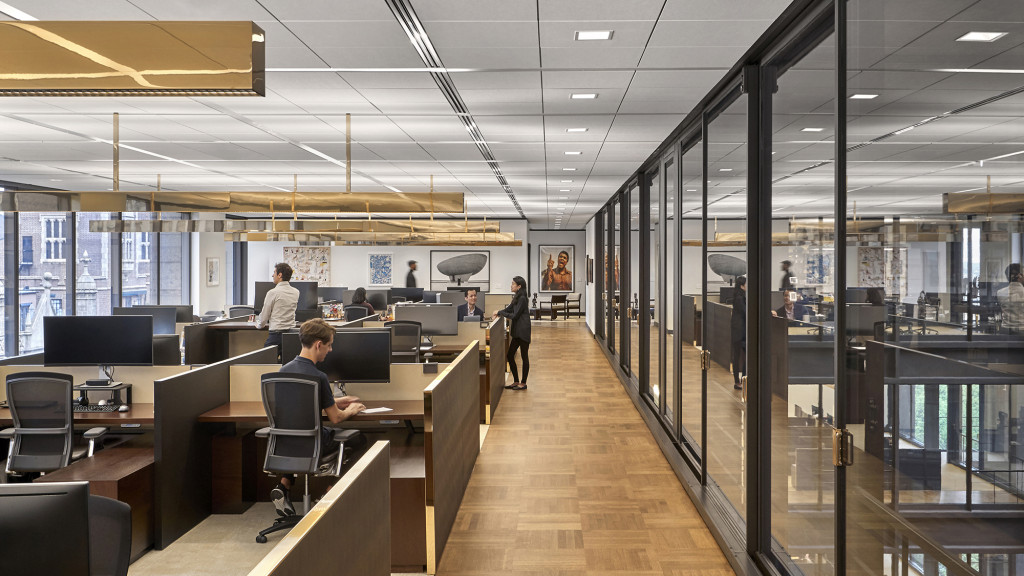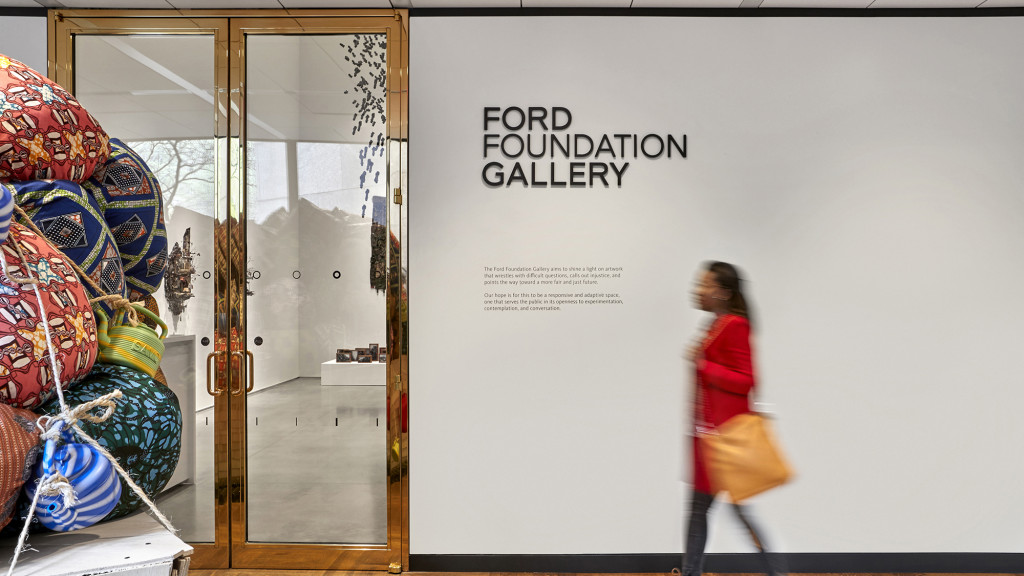Ford Foundation Center for Social Justice
New York, New York
Completed by Kevin Roche John Dinkeloo and Associates in 1968, the Ford Foundation’s building was hailed as an architectural icon. A private, not-for-profit organization established in 1936, the Ford Foundation partnered with Gensler for a mission-driven redesign of its Manhattan headquarters that reopened in late 2018. The holistic renovation transforms the Foundation’s workplace and public spaces in a manifestation of its mission: to promote the inherent dignity of all people. A two-year renovation maintained and enhanced the building’s original character while bringing it into alignment with New York City safety code, Landmarks Preservation Commission requirements, and beyond ADA code in order to increase accessibility throughout the building. The Foundation saw the renovation as an opportunity to create much more than a headquarters for itself, opening the building to tenants, doubling convening space for other not-for-profits to use, and adding a public art gallery.
Expertise
- Build to Suit & Headquarters »
- Foundations, Associations & Organizations »
- Interior Design »
- Sustainability »
Recognition
- Docomomo Civic/Institutional Design Award of Excellence »
- American Institute of Architects Committee on the Environment 2020 AIA COTE Top Ten Awards – Winner »
- Commercial Observer Ford Foundation Center for Social Justice receives 2019 Design of the Year Award. »
